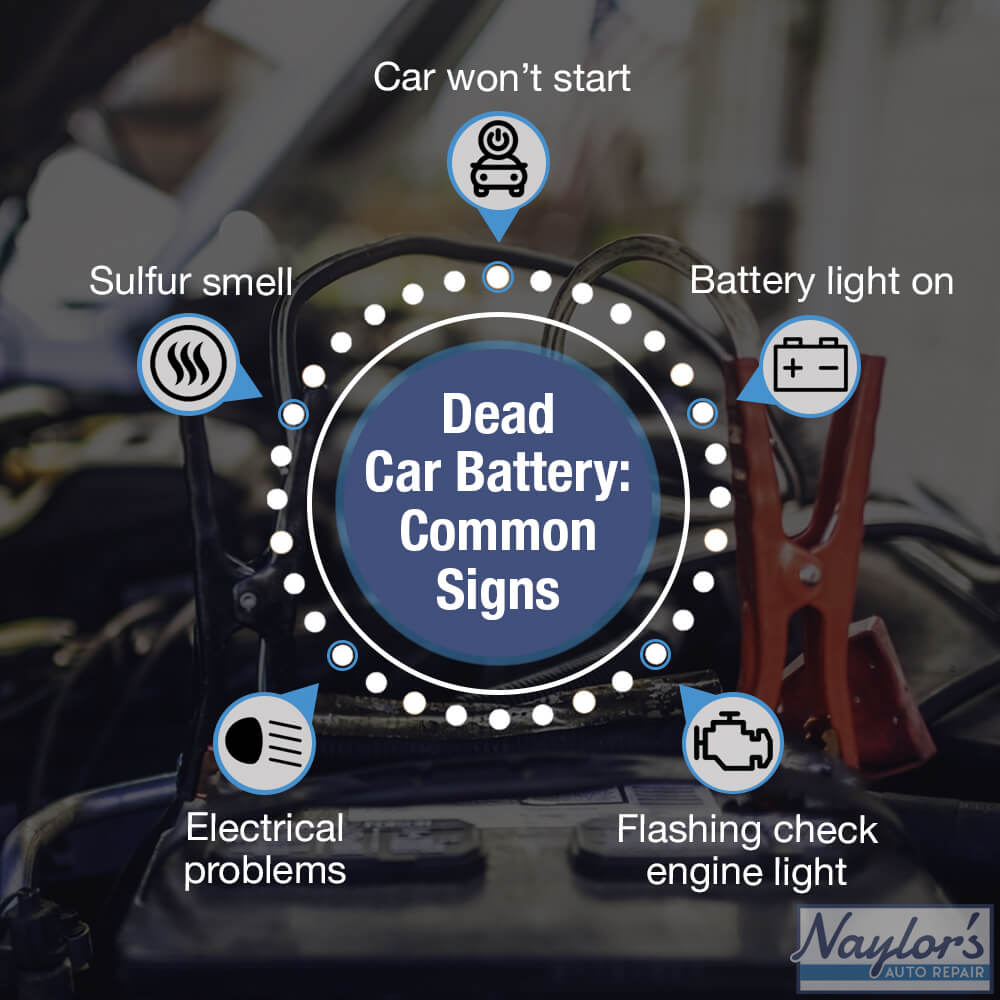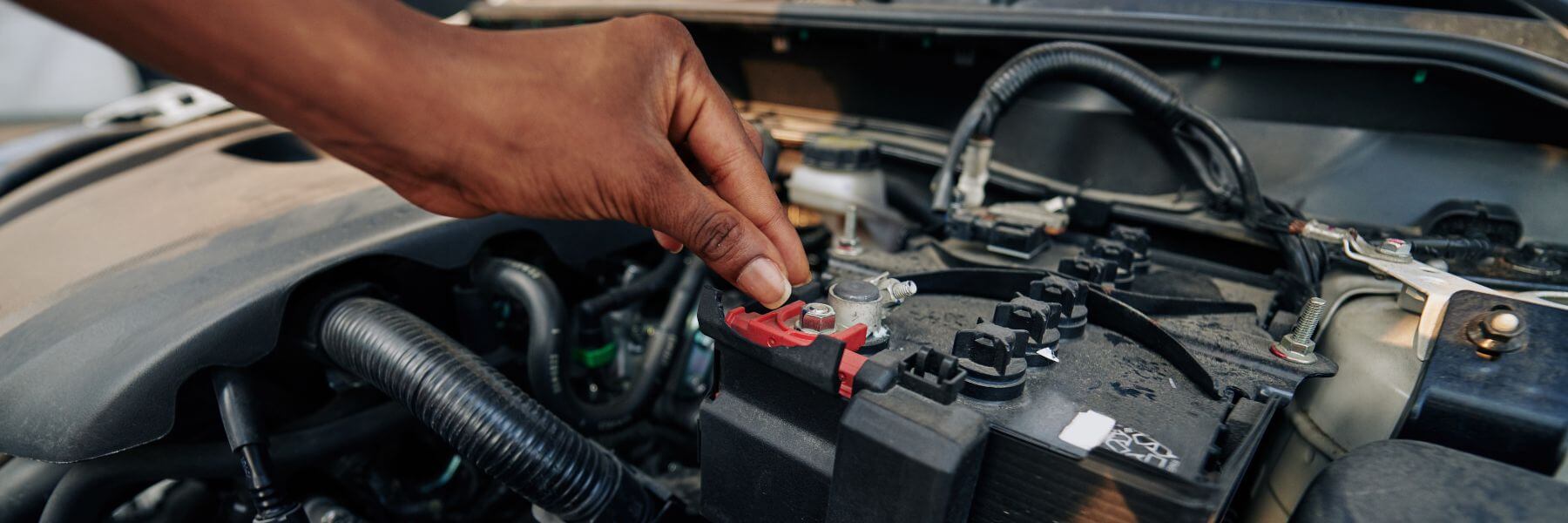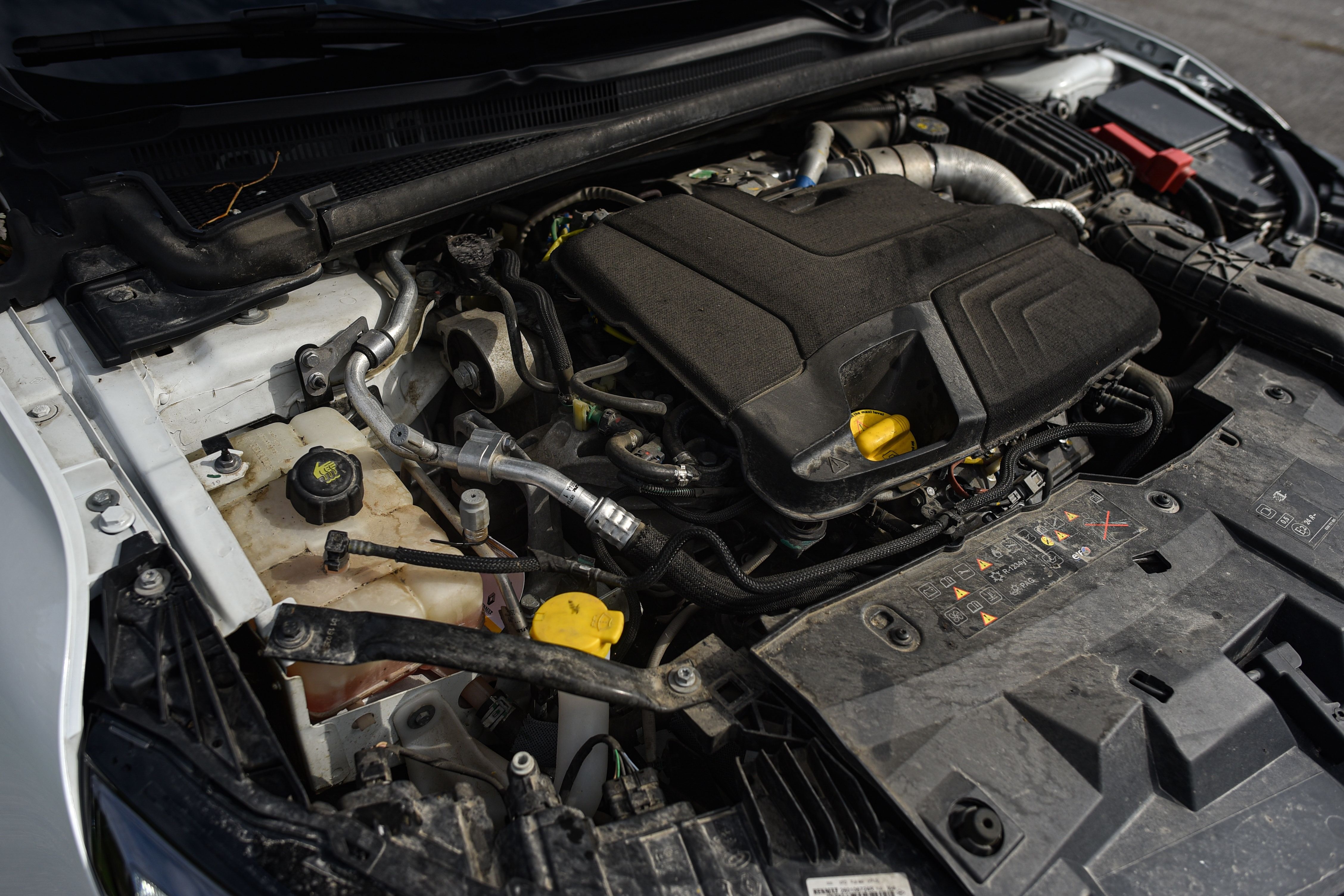 |
Thanks to our guest contributor, Tim Miller, an auto mechanic and Editor-in-Chief of OBD Advisor. Tim writes to share his experience and expertise. Many articles about car repair, car parts, and tool reviews can be found on his website, OBD Advisor. |
Imagine your car battery dying in the middle of nowhere.
Such a situation can be embarrassing or even dangerous. However, you can single handedly fix it if you are equipped with the necessary tools and knowledge. This article will look at methods you can use to fix your dead car battery by yourself.
How does a battery die?
Like everything else, a car battery has a lifespan, after which it is no longer recommended for use. Batteries have a lifespan of about four years. In this period, they are expected to perform optimally. But, a battery can get weak or die for some reasons during their period, these are:
- When the car is left unused for a long time
- Extreme temperatures, especially really cold weather
- Headlights or interior car lights left on for an extended period
- Charging system failure
- Corrosion
- Battery aging
- Battery is draining the electricity
Common signs of a dead battery in a car
Sometimes it's not obvious whether the battery is dead or it's something else. Here are some signs that it is a dead battery.
Car won't start
After turning your car's ignition, you can't hear the engine cranking sound, and the car doesn't start. That is a sign that your battery is dead and needs to be recharged or replaced.
the battery light is on
The battery light means that either the alternator is not functioning as it should or there is faulty wiring. This means that the vehicle will lose power as the battery is not charging.
check engine light Flashing
This is a red signal that appears on the speedometer section of your car dashboard. It appears in the shape of an engine.
Electrical problems
These are shown in the form of dim lights or them not working at all. The radio not working properly and even windshield wipers working slower than usual can also indicate electrical problems.
Sulfur smell
This is a sure sign that there is a problem with your battery. It indicates that the battery is leaking. This will tell that your battery will not function as it should.
A battery dying is not uncommon, although it shouldn't be something that happens regularly. It is advisable for you to have an effective battery tester so that you can be in a position to regularly check on the health of your car battery, especially before periods of long travel.

DIY methods to revive a dead battery
There are various ways to revive a battery, which is sometimes dependent on why it is dead and its level of charge. Some of the methods mentioned below may be unconventional and require you to have at least a general understanding of a battery.
For Weak Battery (Draining battery)
Here, the battery is not completely dead; rather, it does not have enough charge to start a car. The methods used in this are:
Jumpstart
This is the most common method of restarting a dead battery. All you need to have are a portable jump starter or jumper cables and a second battery, be it an alternate you keep for yourself or from another vehicle.
You can jumpstart by using a portable jump starter, using another car's battery, hand cranking or using the chainsaw or 18-volt drill methods. Let's take a look at each of these options:
Using a portable jump starter
Step 1: Make sure the car is off.
Step 2: Identify the negative and positive terminals of your battery.
Step 3: Identify the positive and negative clamps of the portable jump starter. Make sure the jump starter is off.
Step 4: Connect the clamps to the car's battery.
Step 5: Turn on the portable jump starter and then turn on the car.
Using a battery from another car
Step 1: Make sure both cars are off.
Step 2: Identify the negative and positive terminals of your batteries
Step 3: Connect the terminals appropriately by using jumper cables.
Step 4: Start the car with the dead battery.
However, it is advisable not to do this on a frozen battery as it may explode. Thaw first before jumpstarting.
Hard Hand-Cranking method
Tools required:
- Wedge
- Rope
- Toolbox
- Safety rubber gloves
As the name suggests, this is a very mechanical method, and it is tough if you are alone or do not have knowledge of cars. The method also requires you to have some tools, just as is the norm, always ensure that you have your toolbox.
Hand cranking is a very old, mechanical technique that requires tools like an axle stand to provide extra support. Jack up your rear-wheel drive and ensure the front wheels are clean for better traction before you start hand-cranking. Do this while the ignition is turned on.
Chainsaw Method
Tools required:
- Chainsaw
- Safety rubber gloves
Like the hard hand-cranking method, this method requires you to have some knowledge of cars and the engine. But if anybody can do it, it's you. Keep in mind that this is a risky procedure.
You will need to start by removing the chain and blade from your chainsaw. Then remove the pulleys so that it looks like a wheel with spokes coming out of one side. Next, connect both ends of the alternator belt to either end via two different holes on each sprocket which can be tightened through use or zip ties if necessary! Now you're ready to charge up your battery. You'll want to make sure there are no gaps between because as air enters these spaces, it may cause electric sparks.
18-Volt Drill Battery Method
Tools required:
- 18-volt drill battery
- Jump leads
This solution works like the popular jumpstart method, and the only difference is that you are not using another car battery to jumpstart yours.
This method requires that you have a fully charged 18-volt drill battery and jump leads, both of which are available in auto shops. Connect the 18-volt drill battery with your car battery by using the jump leads and start your car, just like the jumpstart method.
For Dead Battery
This applies when the battery is completely dead (it's unable to hold a charge), and jumpstarting no longer helps. The methods used here are:
Using Epsom Salt solution
Tools required:
- Magnesium sulfate
- Distilled water
- Plastic Funnel
- Safety goggles
- Safety gloves
This solution works if the problem is because of low electrolyte levels. Epsom salt (magnesium sulfate) contains a variety of hydrates because it is a strong acid. These hydrates tip the chemical balance, which then produces enough charge to start the battery.
A quick process on how to do this:
Step 1: Open the hood of your car
Step 2: Check if your battery has a negative or positive ground. If it has a positive ground, disconnect the cable.
Step 3: Remove the battery.
Step 4: Dissolve 1 part Epsom salt in 3 parts distilled warm water.
Step 5: Add the dissolved Epsom salt using the funnel into the cells in the battery until the parts are covered.
Using Distilled Water
Tools required:
- Funnel
- Distilled water
This method works if the problem is low electrolyte levels. It is an alternative to the Epsom salt when it is unavailable.
This method works by submerging the plates in distilled water which may cause more reaction in the cells and thus helping the engine run.
Using Hot Ash
This should be the last resort. For this method, you need hot ash, which you can get yourself by lighting a fire and let it turn to ash. After this, remove filler caps from the battery and place the battery on the hot ash. Do this carefully to make sure it does not catch fire. After the battery is warm enough, place it back on the car and run your engine.
Taking care of a Car Battery
Your car battery, just like your engine, needs care, and although it does not require the sophisticated level of care that the engine needs, it is just as important. A dead or a weak battery can be why you are late for an interview or why you miss your flight.
To avoid any damage to your car, here are tips:
- Use your battery regularly so that it doesn't run out and put a strain on the alternator when you need its power most.
- Recharge unused batteries before using them for a long drive around town or country roads to prevent excessive deep cycling of the cells, leading to permanent cell damage from heat buildup while charging an active bank with low voltage.
- Make sure that all electrical components, including wiring harnesses, fuses/circuit breakers, ground connections, and starter solenoid, are functioning properly. Also, ensure they're not overheated due to intermittent short circuits or faulty grounding points within circuit boards.
To keep your battery in optimal health:
Change it every few years: A battery has a lifespan; make sure you know it so you do not go beyond the recommended number of years.
Check its acid level: Make sure to check the acid level of your battery every six months or as recommended by your mechanic.
Add water to your battery carefully: You should use a funnel or a water bottle so that you can be precise.
Conduct regular load test: This checks to see that the battery is charging properly under all conditions.
Clean the battery: Cleaning your battery regularly ensures that it does not experience corrosion, and if it does, this can be undone.
Keep battery cables tied: Loosely kept battery cables can prove distractive to your battery as they may be damaged.
And last but not least, don't ever overcharge your battery.
Conclusion
The health of your battery is important, so make sure that you check on it regularly. Take care of it so that it can take care of you. Ensure that you have the tools to fix your battery just in case it dies on you.
Contact Naylor's for all your vehicle maintenance and repair needs!



.jpeg)